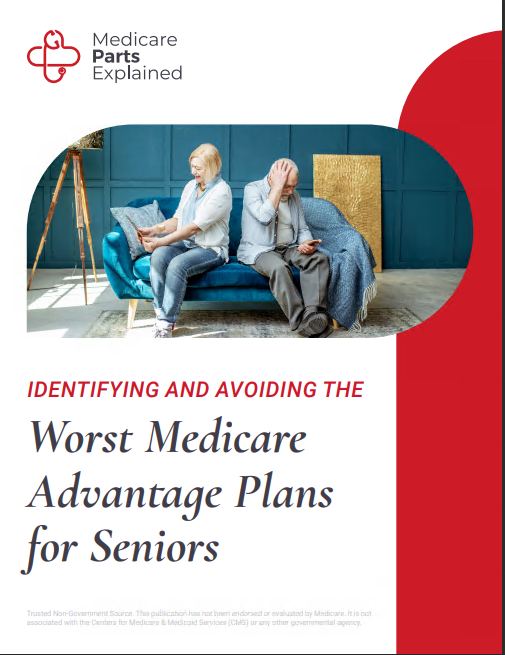Explanation of Medicare Part A
Medicare Part A is an essential component of the Medicare program, providing coverage for inpatient hospital care, skilled nursing facility care, hospice care, and some home health services. As one of the foundational parts of Medicare, Part A plays a crucial role in ensuring access to necessary medical services for millions of Americans aged 65 and older, as well as certain younger individuals with disabilities. In this guide, we’ll explore the key features, coverage options, eligibility criteria, and enrollment processes associated with Medicare Part A.
Coverage and Services Provided by Medicare Part A
Medicare Part A offers coverage for a wide range of healthcare services, including:
- Inpatient Hospital Care: Part A covers expenses related to hospital stays, including semi-private rooms, meals, nursing services, and other medically necessary services and supplies.
- Skilled Nursing Facility Care: Part A provides coverage for skilled nursing facility care following a qualifying hospital stay, including rehabilitation services, skilled nursing care, and other medically necessary services.
- Hospice Care: Part A covers hospice services for individuals with terminal illnesses who have a life expectancy of six months or less. Hospice care may include pain management, counseling, and other supportive services.
- Home Health Services: Part A covers certain home health services for individuals who are homebound and require skilled nursing care, physical therapy, speech-language pathology services, or occupational therapy.
Eligibility for Medicare Part A
Enrollment Process for Medicare Part A
For individuals who are not automatically enrolled in Medicare Part A, the enrollment process varies depending on their eligibility circumstances. Most individuals are eligible to enroll in Part A during their Initial Enrollment Period (IEP), which begins three months before the month of their 65th birthday and extends for three months afterward. Individuals who miss their initial enrollment opportunity may sign up for Part A during the General Enrollment Period (GEP), which occurs annually from January 1st to March 31st. Late enrollment penalties may apply for individuals who delay enrollment in Part A without qualifying for a Special Enrollment Period (SEP).
Cost Sharing and Coverage Limits
- Deductibles: Part A has a deductible that beneficiaries must pay for each benefit period.
- Coinsurance: After the deductible is met, beneficiaries may be responsible for coinsurance for hospital stays and other covered services.
- Coverage Limits: Part A coverage is subject to certain limitations, such as the number of days covered for inpatient hospital care and skilled nursing facility care during a benefit period.
Coordination of Benefits and Supplemental Coverage
Medicare Part A may coordinate with other types of health insurance coverage, such as employer-sponsored insurance or Medicaid. Beneficiaries with supplemental coverage, such as Medigap policies or Medicare Advantage plans, may have additional financial protection against out-of-pocket expenses associated with Part A coverage. Understanding how Medicare Part A interacts with other types of coverage can help beneficiaries maximize their healthcare benefits and minimize out-of-pocket costs.
Accessing Medicare Part A Services
Conclusion: Ensuring Access to Essential Healthcare Services
Medicare Part A plays a vital role in providing access to essential healthcare services for millions of Americans aged 65 and older, as well as individuals with disabilities. From inpatient hospital care to skilled nursing facility care, hospice services, and home health services, Part A offers comprehensive coverage for a wide range of medical needs. By understanding the coverage options, eligibility criteria, enrollment process, and cost-sharing requirements associated with Medicare Part A, beneficiaries can make informed decisions to optimize their healthcare coverage and financial security in retirement.




